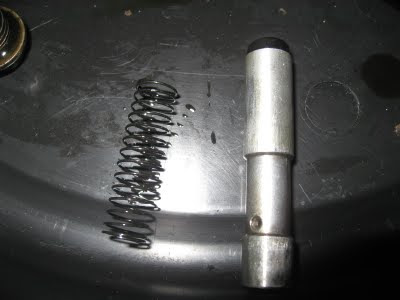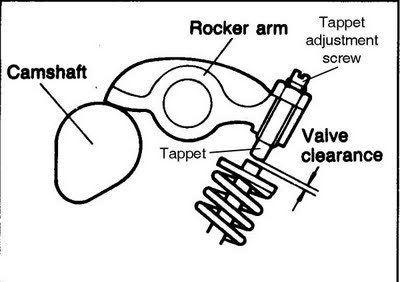In short, I now have a brand new respect for this humble, unassuming kitchen drawer product. It's been upgraded from simple wrapper of leftovers to having a full time position with Team Vintage Honda.
The process is simple. Use a little patch of foil along with water or WD40. Rub, wipe clean, repeat as necessary. I tried it with water first, which worked great. WD40 seemed to work a little faster, plus it has the benefit of leaving the surface coated, so that's what I kept using.
It's actually a chemical reaction you're looking for, not an abrasive one. Wikipedia puts it better than I could:
Aluminum foil is used to remove rust from steel and polishes steel surfaces by hand by rubbing it with aluminium foil dipped in water. The aluminium foil is softer than steel, and does not scratch the surface. Heat is generated by rubbing friction, the aluminium oxidizes to produce aluminum oxide. Aluminium has a higher reduction potential than iron, and therefore leaches oxygen atoms away from any rust on the steel surface. Aluminium oxide is harder than steel, and the microscopic grains of aluminium oxide produced create a fine metal polishing compound that smoothes the steel surface to a bright shine.
The proof is in the pudding, though... Here are some before and after shots.



















































